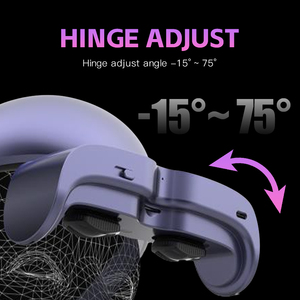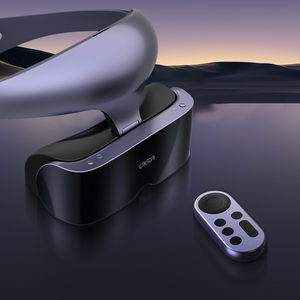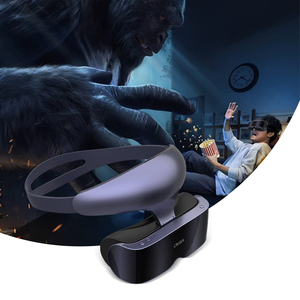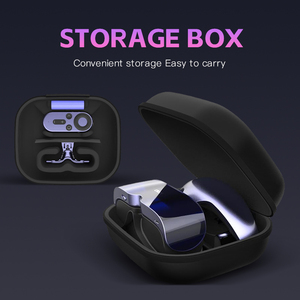Introduction to Mixed Reality Android
Mixed Reality Android devices represent the cutting edge of technological innovation, combining elements of both augmented reality (AR) and virtual reality (VR). This hybrid technology serves to create immersive experiences that seamlessly blend digital content with the physical world around you. As businesses and consumers seek innovative solutions for entertainment, education, or professional applications, Mixed Reality on Android platforms has emerged as a key player in enhancing engagement and interaction.
Types of Mixed Reality Android Devices
Mixed Reality Android devices can be classified into several categories, providing users with various options to suit their specific needs:
- Head-Mounted Displays (HMDs): Wearable devices like the Oculus Quest or Microsoft HoloLens that allow users to experience mixed reality through a fully immersive headset.
- Smart Glasses: Lightweight eyewear such as Google Glass or Vuzix Blade that overlay digital information onto the physical world, ideal for hands-free applications.
- Mobile AR Applications: Smartphone or tablet apps that leverage the device’s camera and sensors to provide mixed reality experiences directly on the screen.
- Multi-User Systems: Platforms that support collaborative mixed reality experiences for groups, allowing team members in different locations to interact in real time.
Function and Feature of Mixed Reality Android
Mixed Reality Android devices are equipped with a range of features that enhance their functionality, making them invaluable tools for numerous applications:
- Spatial Mapping: Advanced sensors enable the device to understand and interact with the physical environment, creating a more immersive experience.
- Gesture Recognition: Users can interact with digital elements using hand gestures, enhancing the intuitive nature of the experience.
- Content Creation Tools: Many Mixed Reality apps allow users to create and manipulate 3D content, fostering creativity and innovation.
- Real-Time Collaboration: Enables multiple users to share experiences and interact with the same digital content, making it ideal for training and presentations.
Applications of Mixed Reality Android
Mixed Reality Android technology finds diverse applications across various sectors, showcasing its versatility and effectiveness:
- Education: Teachers can use mixed reality to create interactive lessons that engage students through visual simulations and collaborative activities.
- Healthcare: Medical professionals utilize mixed reality for surgical simulations, training, and patient education, improving outcomes and understanding.
- Entertainment: The gaming industry leverages this technology to provide players with rich, immersive experiences that blur the lines between fiction and reality.
- Architecture and Design: Architects can visualize building designs in real-time, allowing clients to walk through virtual spaces before construction.
Advantages of Using Mixed Reality Android
Choosing Mixed Reality Android devices comes with a plethora of advantages, further driving their adoption across industries:
- Enhanced Engagement: The immersive nature of mixed reality captivates users, increasing their attention and involvement in tasks.
- Improved Learning and Retention: Interactive elements facilitated by mixed reality enhance memory retention, making it an effective learning tool.
- Cost-Effective Solutions: Many mixed reality applications can be accessed on existing mobile devices, allowing businesses to implement advanced technologies without a significant upfront investment.
- Flexibility and Scalability: Mixed reality platforms can adapt to different scenarios and scales, making them suitable for small workshops or large-scale conferences and training sessions.




















































